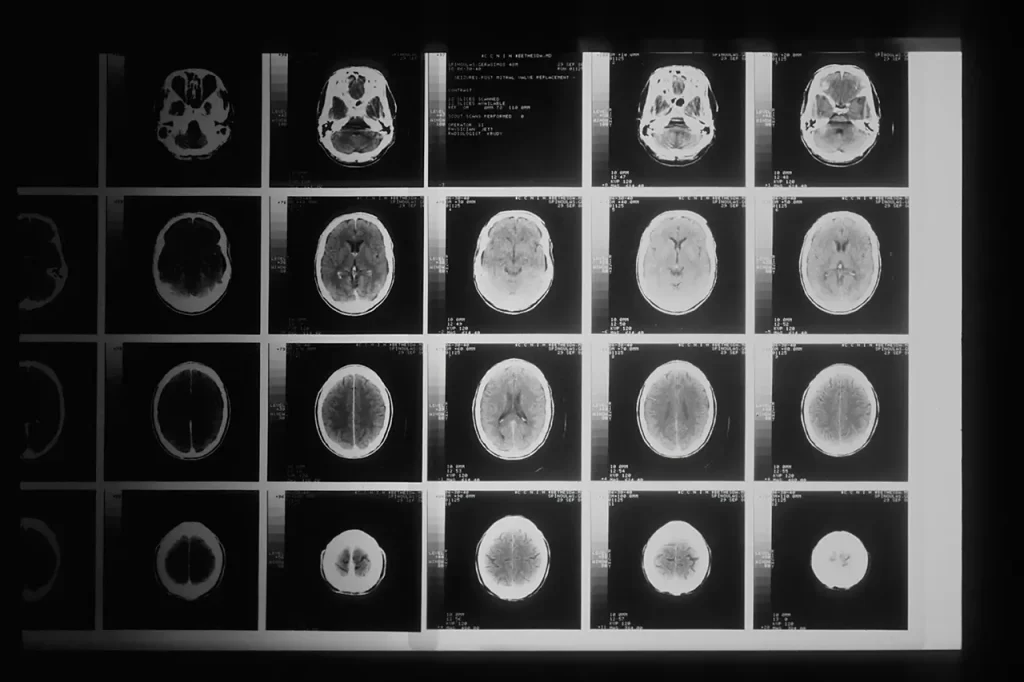Have you ever pondered the intricacies of human memory? Our brains, with their intricate neural networks, are the epicentres of our existence, shaping our memories, emotions, and behaviours. Among the many mysteries nestled within the convolutions of our grey matter, perhaps none is as captivating as the phenomenon of memory. Join me on a journey as we delve into the depths of human memory and uncover the inner workings of our most cherished recollections.
The Marvels of Memory
Memory is the cornerstone of our consciousness, allowing us to navigate the past, present, and future with ease. From the comforting familiarity of a childhood toy to the profound impact of a life-changing event, our memories define who we are and how we perceive the world around us. But how exactly does it function? Let’s dive into the science behind this remarkable cognitive process.
The Formation of Memories
Memory formation is a multifaceted process governed by intricate neural mechanisms. It begins with encoding, where sensory information is transformed into a format that can be stored in the brain. This process relies heavily on attention and rehearsal, as our brains sift through the myriad stimuli bombarding our senses each day.
Once encoded, memories are consolidated and stored in various regions of the brain, including the hippocampus and cortex. The strength of a memory hinges on factors such as emotional significance and repetition, with intense or repeated experiences more likely to be retained over time.
Memory formation is a dynamic process shaped by synaptic plasticity and neurochemical signalling. Studies have elucidated the roles of neurotransmitters such as dopamine and acetylcholine in modulating memory encoding and consolidation. Moreover, neuroimaging techniques have provided insights into the neural substrates underlying different types of memory.
Memory Types

Memory is not a monolithic entity but rather a mosaic of distinct systems and processes. One fundamental division is between short-term and long-term memory. Short-term memory, also known as working memory, holds information temporarily, enabling us to perform tasks like mental arithmetic or following instructions. In contrast, long-term memory has virtually limitless capacity and stores information for extended periods, ranging from minutes to a lifetime.
Within long-term memory, researchers have identified subtypes such as episodic memory, which pertains to specific events or experiences, and semantic memory, which encompasses general knowledge and facts. Additionally, procedural memory governs our ability to perform skilled tasks and routines, often without conscious awareness.
The classification of memory into various types reflects the diverse cognitive processes underlying human cognition. Brain imaging studies have revealed distinct patterns of neural activation associated with different memory systems.
The Fragility of Memories
Despite its remarkable capabilities, human memory is susceptible to distortions and inaccuracies. Our recollections can be influenced by various factors, including the passage of time, suggestive questioning, and cognitive biases. Memory distortion, where details become muddled or embellished over time, is a common phenomenon observed in eyewitness testimony and anecdotal accounts.
Furthermore, the ubiquity of digital technologies presents new challenges to memory integrity. Dependence on external devices for information retrieval may lead to cognitive offloading and reduced memory capacity over time.
The fallibility of memory underscores the importance of critical thinking and scepticism when evaluating the reliability of autobiographical narratives or witness statements. Psychological research has documented numerous instances of memory errors and false memories, highlighting the need for caution.
Enhancing Memory Performance
While memory lapses are inevitable, there are strategies to enhance memory performance and retention. Simple techniques such as mnemonic devices, visual imagery, and spaced repetition can bolster memory encoding and recall, benefiting individuals across various age groups and domains.
Additionally, adopting a healthy lifestyle encompassing regular exercise, sufficient sleep, and a balanced diet can support optimal brain function and memory consolidation. Mindfulness practices such as meditation and relaxation techniques may also promote cognitive resilience and memory performance.
Numerous studies have demonstrated the efficacy of cognitive interventions in enhancing memory function. Cognitive training programmes incorporating mnemonic strategies and attentional exercises have yielded lasting improvements in memory performance, underscoring the plasticity of the human brain.
Navigating the Terrain of Human Memories
In conclusion, the exploration of human memory offers profound insights into the workings of the mind. From the complexities of memory formation to the nuances of memory retrieval, our journey through the labyrinth of cognition unveils the astonishing capabilities and inherent limitations of our most cherished mental faculty.
As we navigate the terrain of human memory, let us embrace the wonder and complexity of our cognitive heritage. By understanding the mechanisms underlying memory function and employing effective strategies for enhancement, we can harness the full potential of our minds and cherish the memories that shape our lives.








No Comments